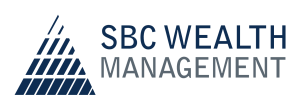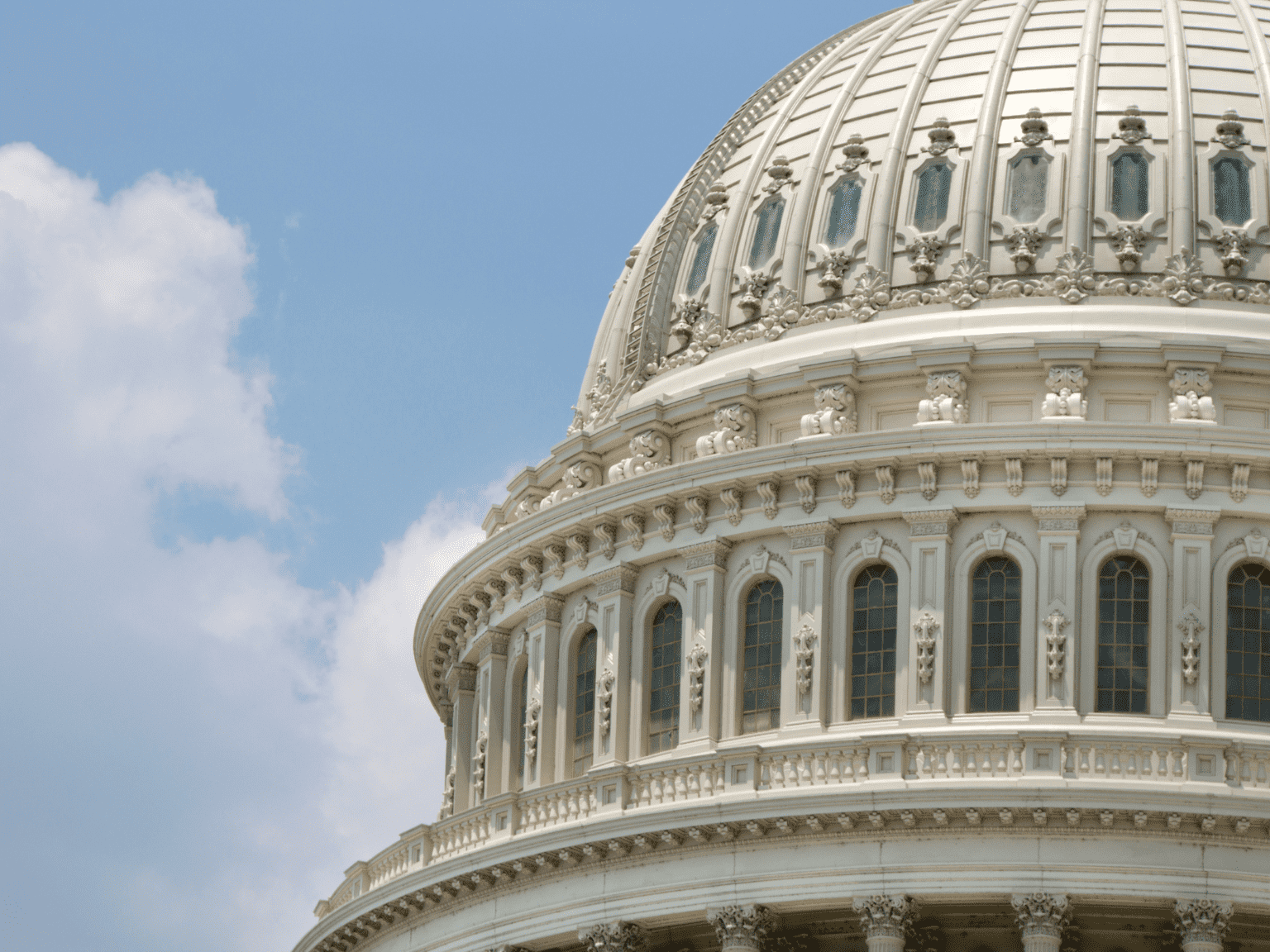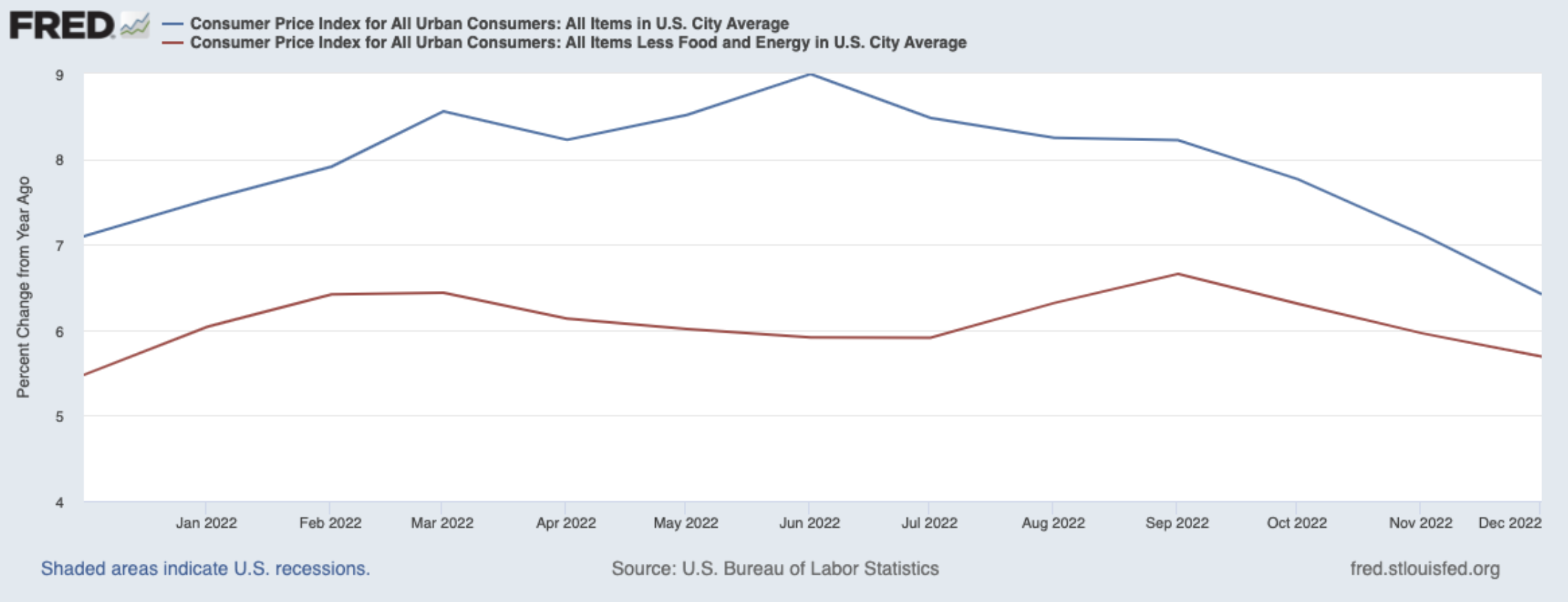In late December 2022, SECURE 2.0 Act was signed into law. You’ve likely heard about the sweeping changes that impact everyone from those nearing retirement to those just starting out. Below, we help break down a few key provisions—of the more than 90—that are designed to help strengthen the retirement system and better prepare Americans for retirement.
For Those Nearing Retirement
- Sweeping changes to Required Minimum Distributions (RMDs)
- The required age to begin taking RMDs increases to age 73 from age 72. In 2033, the required age will increase to 75.
- Note: If you turned 72 in 2022 or before, you will continue taking RMDs as scheduled. If you turn 72 in 2023 and have already scheduled your withdrawal, it may be time to update your plan.
- The penalty for not taking an RMD is reduced to 25% of the amount required to be withdrawn. The amount will be reduced to 10% if corrected within two years.
- Currently, the penalty for not taking an RMD is 50% of the amount required to be withdrawn.
- Roth accounts in employer retirement plans are exempt from RMD requirements starting in 2024.
- The required age to begin taking RMDs increases to age 73 from age 72. In 2033, the required age will increase to 75.
- Higher catch-up contributions (post-tax or “Roth” basis)
- Starting this year, participants ages 50 and up can contribute an extra $7,500 per year into their 401(k) account. In 2025, this amount will increase to $10,000 per year for participants ages 60-63 to account for inflation.
- Note: Individuals ages 50 and older who earn more than $145,000 annually, will have catch-up contributions made on a Roth basis.
- Starting this year, participants ages 50 and up can contribute an extra $7,500 per year into their 401(k) account. In 2025, this amount will increase to $10,000 per year for participants ages 60-63 to account for inflation.
- Roth matching
- Employers can offer employees the option to receive vested matching contributions to a Roth account
- Prior, matching contributions in employer-sponsored plans were made on a pre-tax basis. Contributions to a Roth account are made after-tax, meaning earnings may grow tax-free.
- IMPORTANT NOTE: RMDs from an employer-sponsored plan are required for Roth accounts until the 2024 tax year (unlike Roth IRAs).
- Employers can offer employees the option to receive vested matching contributions to a Roth account
- Qualified Charitable Distributions (QCDs)
- Starting this year, anyone age 70½ and older may elect a one-time gift up to $50,000 (adjusted annually for inflation) to a charitable remainder unitrust, a charitable remainder annuity trust, or a charitable gift annuity.
- Note: Gifts must come directly from your IRA by the end of the calendar year to be eligible.
- Starting this year, anyone age 70½ and older may elect a one-time gift up to $50,000 (adjusted annually for inflation) to a charitable remainder unitrust, a charitable remainder annuity trust, or a charitable gift annuity.
For Those Just Starting Out
- Automatic employee enrollment and automatic escalation
- In 2025, businesses will be required to automatically enroll eligible employees in new 401(k) and 403(b) plans starting at a 3% contribution rate (minimum).
- Again beginning in 2025 for new retirement plans started after December 29, 2022, contributions will automatically increase by one percent on the first day of each plan year following a completed year of service, until the escalation reaches 10%, or no more than 15% of eligible wages.
- Exceptions for businesses with 10 or fewer employees and employers that have been in business for less than three years will apply.
- Emergency expense withdrawals from retirement account
- Previously, a 10% tax applied to early distributions (or withdrawals) from tax-preferred retirement accounts (like your 401(k)) plan. In 2024, certain distributions will be exempt for emergency expenses. Further guidance about types of qualifying expenses is expected for this provision.
- We often say that life happens here at SBC. This provision will be one option to cover expenses during an unforeseen personal or family events.
- Only one distribution of $1,000 per year is permitted, and the taxpayer has the option to repay the withdrawal within three years. No other distributions can be taken during the three-year repayment period until all amounts previously taken have been repaid.
- Previously, a 10% tax applied to early distributions (or withdrawals) from tax-preferred retirement accounts (like your 401(k)) plan. In 2024, certain distributions will be exempt for emergency expenses. Further guidance about types of qualifying expenses is expected for this provision.
- Student loan debt
- Beginning in 2024, employers can “match” employee student payments to a retirement account
- The desire is to give workers more incentive to save while paying off their education debt.
- Beginning in 2024, employers can “match” employee student payments to a retirement account
- 529 Plan
- A 529 Plan, or education savings plan, can be rolled over to a Roth IRA after 15 years for the beneficiary.
- Note this is subject to annual Roth contribution limits and a lifetime limit of $35,000.
- A 529 Plan, or education savings plan, can be rolled over to a Roth IRA after 15 years for the beneficiary.
These are just a few of the many provisions that went into effect with the SECURE 2.0 Act. With legislation the size and scope of SECURE 2.0 Act, we expect additional guidance on certain provisions where the legislative text may be subject to further interpretation.
We understand that following the ever-changing legislative landscape can be hard to follow and even harder to understand. If you have any questions or want more details about how you may specifically be impacted by these changes, please reach out to your financial advisor today at sbcwealth.com/contact.
We’re here for you.




